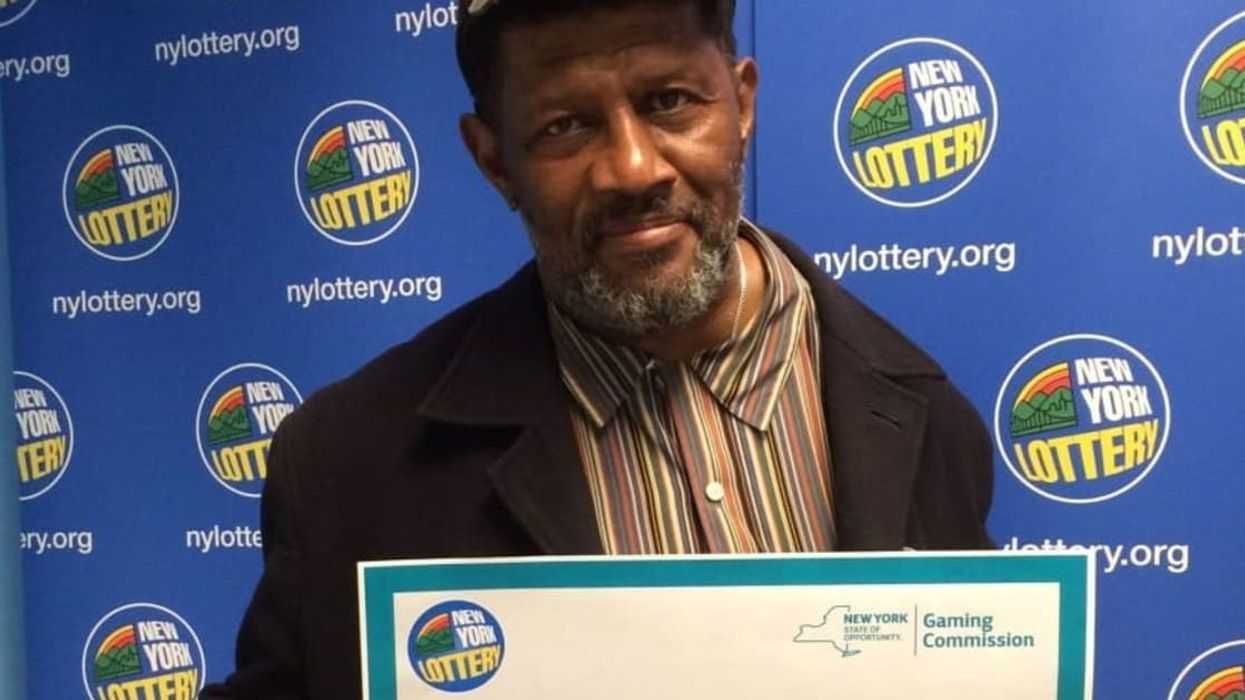With so much advancement in video games over the past 30 years, it’s understandable why most gamers prefer not to look backwards at obsolete consoles and games. But for a subset of gamers, known as “speedrunners,” the older a game is, the more time it affords them to hone their skills to beat the game in as little time as possible.
Take, for instance, the game that’s served as the de facto crown jewel for speedrunners: Super Mario Bros. Not only does it occupy a place in the pantheon of video game history, but it also serves as the perfect vehicle for speedrunning efforts. While many games now offer expansive worlds that allow gamers to veer off the beaten path to pursue various missions and side games, Super Mario Bros. is nothing but the beaten path. Meaning that scores and completion times can be compared in an apples-to-apples fashion. To see exactly how these times stack up for most every video game ever created, visit the obsession’s hallf of fame at Speed Run.
As clear-cut as Super Mario Bros. is in its objectives – beat the boss, Bowser, in the last level, thereby rescuing Princess Peach and saving the day – there are techincal elements in the game’s code (“glitches”) that are still being exposed and exploited to afford speedrunners faster and faster completion times.
So while Brad Myers, known as darbian online, may hold the Super Mario Bros. speedrun record with a time of 4 minutes and 56.878 seconds, credit is due to many other parties who discovered the glitches allowing players to shave a second here or a tenth of a second there which, in aggregate, help achieve the fastest run in video game history.
Check out that run right here:
So while Myers is putting rubber to road and playing the actual games, it’s the intellect of people like Chris Milling (sockfolder) who help design the roadmap for speedrunners, using math, theory, and code study to find the fastest way from A (the start of SMB) to B (Princess Peach on the far side of Bowser).
Together, they’re building on the work of previous glitch hunters and speedrunners, and they know that their work will be one day used to break Myers’ record as well. Speaking to 538, Myers acknowledges, “Everything in my run, so many people contributed so much knowledge at various points in the game’s history. Now someone can come along and use that as their starting point.” Embodying the spirit of that statement, Myers even posts a tutorial on YouTube (below), pulling the curtain back on every move and answering the questions asked of him in the video’s comments. Such transparency is rare in a competition that hinges at least partially on proprietary information.
Knowing what to do will get you a long way in speedrunning, but it takes practice. Lots and lots and lots of practice to master the techniques necessary. Myers has amassed a staggering 22,000 recorded Super Mario Bros. sessions to get to where he is today. And, undoubtedly, inevitably, his place in the record books will be taken by another who has put in more time (perish the thought) and has even more glitch-based knowledge at their disposal.
So while most modern gamers look forward to “newer” and “next,” speedrunners and glitch hunters find, paradoxically, that the passage of time provides more opportunities to improve on perfection in their quest for the fastest time ever.


















 Screenshots of the man talking to the camera and with his momTikTok |
Screenshots of the man talking to the camera and with his momTikTok |  Screenshots of the bakery Image Source: TikTok |
Screenshots of the bakery Image Source: TikTok | 
 A woman hands out food to a homeless personCanva
A woman hands out food to a homeless personCanva A female artist in her studioCanva
A female artist in her studioCanva A woman smiling in front of her computerCanva
A woman smiling in front of her computerCanva  A woman holds a cup of coffee while looking outside her windowCanva
A woman holds a cup of coffee while looking outside her windowCanva  A woman flexes her bicepCanva
A woman flexes her bicepCanva  A woman cooking in her kitchenCanva
A woman cooking in her kitchenCanva  Two women console each otherCanva
Two women console each otherCanva  Two women talking to each otherCanva
Two women talking to each otherCanva  Two people having a lively conversationCanva
Two people having a lively conversationCanva  Two women embrace in a hugCanva
Two women embrace in a hugCanva 
 A reddit commentReddit |
A reddit commentReddit |  A Reddit commentReddit |
A Reddit commentReddit |  A Reddit commentReddit |
A Reddit commentReddit |  Stressed-out employee stares at their computerCanva
Stressed-out employee stares at their computerCanva
 Who knows what adventures the bottle had before being discovered.
Who knows what adventures the bottle had before being discovered. 
 Gif of young girl looking at someone suspiciously via
Gif of young girl looking at someone suspiciously via 